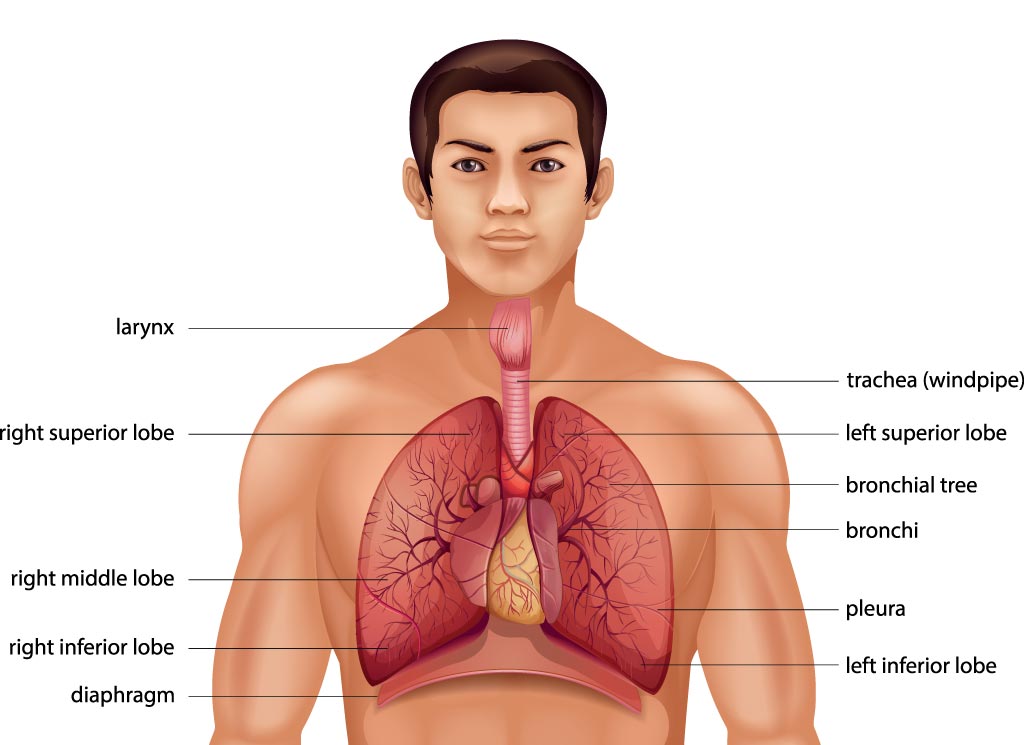Physical therapy is an essential component of the recovery process for patients who have undergone orthopaedic surgery. Physical therapy is a form of rehabilitation that helps patients regain strength, flexibility, and range of motion in the affected area. It can also help to reduce pain and inflammation, and prevent complications such as stiffness and muscle weakness.
The role of physical therapy begins immediately after the surgery, with the therapist working closely with the patient and surgeon to develop an individualized plan of care. The first phase of therapy is focused on reducing pain and inflammation, and promoting healing. During this phase, the therapist may use techniques such as ice, heat, ultrasound, and gentle range-of-motion exercises to reduce pain and inflammation and promote healing.
As the patient progresses, the therapist will focus on increasing strength and range of motion. This phase of therapy will typically involve exercises that are specifically designed to target the affected area and help the patient regain strength and range of motion. The therapist may also use techniques such as electrical stimulation and ultrasound to help the patient regain strength and range of motion.
Physical therapy also plays an important role in preventing complications such as stiffness and muscle weakness. The therapist will work with the patient to develop an exercise program that is designed to prevent these complications. This may include exercises that are specifically designed to target the affected area and help the patient maintain flexibility and range of motion.
Physical therapy also helps to improve the patient’s overall health and well-being. By helping the patient regain strength and range of motion, physical therapy can help the patient return to their normal activities faster and with less pain. The therapist may also provide guidance on how to maintain a healthy lifestyle, including exercise, diet, and stress management.
In conclusion, physical therapy plays a critical role in the recovery process for patients who have undergone orthopaedic surgery. It is essential in reducing pain and inflammation, promoting healing, increasing strength and range of motion, preventing complications such as stiffness and muscle weakness, and improving overall health and well-being. It is important for patients to understand the role of physical therapy in their recovery process, and to work closely with their physical therapist to ensure a successful recovery. It is also important for patients to understand that physical therapy is not a one-time event but a continuous process that involves a commitment to lifestyle changes and continued follow-up visits with the therapist.
It is also important to note that physical therapy can be beneficial not only during the postoperative recovery period, but also preoperatively as well. Prehabilitation, or preoperative physical therapy, is a form of therapy that is used to help patients prepare for their upcoming surgery. This type of therapy may include exercises to improve strength, range of motion, and overall function, as well as education on how to manage pain and prepare for the recovery period. By participating in prehabilitation, patients may be able to improve their outcomes and have a faster recovery following surgery.
Another important aspect of physical therapy in orthopaedic surgery recovery is the focus on patient education. Physical therapists will often teach patients how to properly perform exercises and movements, as well as how to use any assistive devices or equipment that may be necessary during the recovery process. They will also educate patients on proper body mechanics, which can help to prevent injury and promote healing.
Physical therapy can also be beneficial for patients who have undergone spinal surgery. Spinal surgery can be a complex and delicate procedure, and physical therapy is essential in helping patients regain strength and mobility in their back and neck. Physical therapists will work with patients to help them regain range of motion and reduce pain, as well as teach them exercises to help prevent future injury.
In conclusion, physical therapy plays a critical role in the recovery process for patients who have undergone orthopaedic surgery. It is essential in reducing pain and inflammation, promoting healing, increasing strength and range of motion, preventing complications such as stiffness and muscle weakness, and improving overall health and well-being. It is important for patients to understand the role of physical therapy in their recovery process, and to work closely with their physical therapist to ensure a successful recovery. Physical therapy is not a one-time event but a continuous process that involves a commitment to lifestyle changes and continued follow-up visits with the therapist. Furthermore, physical therapy can be beneficial preoperatively as well and can improve outcomes and faster recovery for patients.




